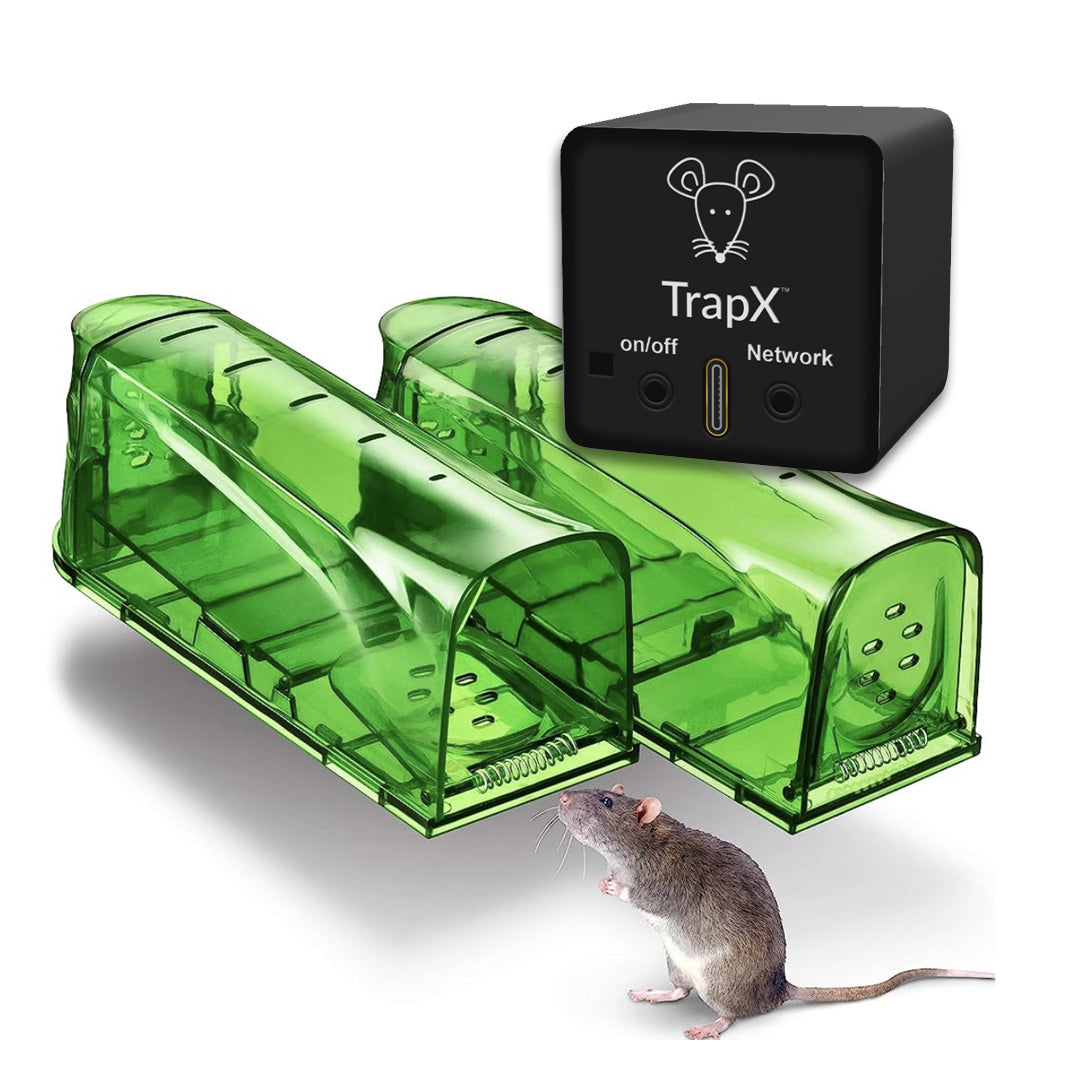The Ultimate Guide to Sticky Traps: How to Use Them Effectively
Share
Are you tired of dealing with pesky insects and pests in your home? If so, sticky traps may be the solution you've been searching for. In this comprehensive guide, we'll explore everything you need to know about sticky traps and how to use them effectively.

What are Sticky Traps?
Sticky traps, also known as insect traps or glue traps, are a popular method of pest control. They are designed to attract and trap insects and pests using a sticky adhesive. When an insect lands on the trap, it becomes stuck and unable to escape.
How Do Sticky Traps Work?
Sticky traps work by exploiting the natural behavior of insects and pests. Many insects are attracted to certain scents or colors, and sticky traps are designed to mimic these attractants. When an insect lands on the trap, it becomes stuck to the adhesive surface, preventing it from flying or crawling away.

Benefits of Using Sticky Traps
There are several benefits to using sticky traps for pest control:
- Effective: Sticky traps are highly effective at capturing a wide range of insects and pests, including flies, mosquitoes, ants, and more.
- Safe: Unlike chemical pesticides, sticky traps are non-toxic and safe to use around children and pets.
- Easy to Use: Sticky traps are simple to set up and require no additional maintenance or monitoring.
- Cost-Effective: Sticky traps are an affordable pest control solution that can be used in multiple areas of your home.

How to Use Sticky Traps Effectively
Now that you understand the benefits of using sticky traps, let's explore how to use them effectively:
- Identify Problem Areas: Take note of areas in your home where you frequently encounter insects or pests. These may include kitchens, bathrooms, or near windows and doors.
- Place Traps Strategically: Once you've identified problem areas, place sticky traps in these locations. Be sure to position them near areas where insects are likely to land or crawl, such as along baseboards or near light sources.
- Monitor and Replace Traps: Check your sticky traps regularly to see if they have captured any insects. If a trap becomes full, replace it with a new one to ensure continued effectiveness.
- Use Multiple Traps: For larger infestations or high-traffic areas, consider using multiple sticky traps to increase your chances of capturing insects and pests.
- Combine with Other Methods: While sticky traps can be effective on their own, they can also be used in conjunction with other pest control methods, such as baits or sprays, for maximum effectiveness.
Common Mistakes to Avoid
When using sticky traps, it's important to avoid these common mistakes:
- Placing Traps Incorrectly: Make sure to position traps in areas where insects are likely to encounter them. Placing traps in the wrong locations may result in limited effectiveness.
- Using Too Few Traps: To effectively capture insects and pests, it's important to use an adequate number of traps. Using too few traps may not be enough to control the infestation.
- Not Monitoring Traps: Regularly check your traps to see if they have captured any insects. If traps are not monitored, they may become ineffective over time.
- Using Expired Traps: Check the expiration date on your sticky traps before use. Expired traps may not be as effective at capturing insects.
Conclusion
Sticky traps are a highly effective and safe method of pest control. By strategically placing and monitoring these traps, you can effectively capture and control insects and pests in your home. Remember to avoid common mistakes and consider using sticky traps in conjunction with other pest control methods for maximum effectiveness.
